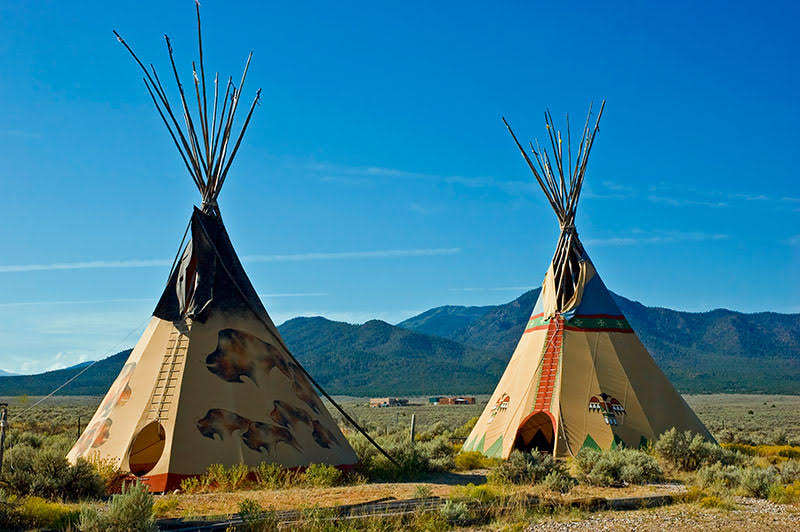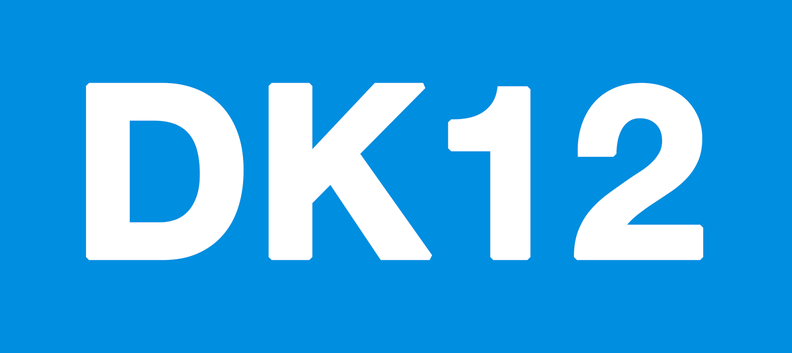
Learn about Native American culture and history. Discover the timeline of historic events that took place on the Great Plains and valleys.
https://www.history.com/
https://en.wikipedia.org/wiki/
https://www.britannica.com/
Before European contact, Cherokees practiced subsistence-based living; they grew, gathered, and hunted for what they needed for their communities to thrive, not for personal profit or surplus trade.
https://visitcherokeenation.com/culture-and-history
Tipis

Tipis were used mainly by Plains Indians, such as the Lipan Apache, Comanche and Kiowa, after the Spanish introduced horses into North America about 500 years ago.

https://www.
http://www.texasbeyondhistory.
The English word “tipi” originated from the Lakota word “thipi”, which is defined as “a dwelling” primarily used by the nomadic tribes of the Great Plains of America for hundreds of years. These dwellings provided warmth and comfort in the winter and dryness during the rainy months.
Tipis provide shelter, warmth, and family and community connectedness. They are still used today for ceremonies and other purposes. There is special meaning behind their creation and set up.
For spiritual purposes, the tipi’s entrance faces the East and the back faces the West. This is to symbolize the rising and setting of the sun and the cardinal directions.
The Feathered Headdress or War Bonnet, and what it represents

Only those who were known as being admired and greatly respected from other members of the tribe would wear a headdress, as its symbol represents bravery and honor – a distinguished community member such as the chief, a warrior, or a person being honored for something would wear the headdress.
There are many types of headdresses that have different styles and meanings but one similarity among them all is that they had to be earned to be worn.
Both men & women can wear a headdress – the only difference would be some men wore the war bonnet style and women would wear a beaded headband style.
Additional Resources:
https://en.wikipedia.org/wiki/
https://www.brooklynmuseum.
https://centerofthewest.org/
What did you learn about Native American History? Parents, have your students write an essay on what they learned:
Lined Paper: https://discoveryk12.
We will be continuing to add more resources and history to this special content daily, Thanks, Discovery K12.
